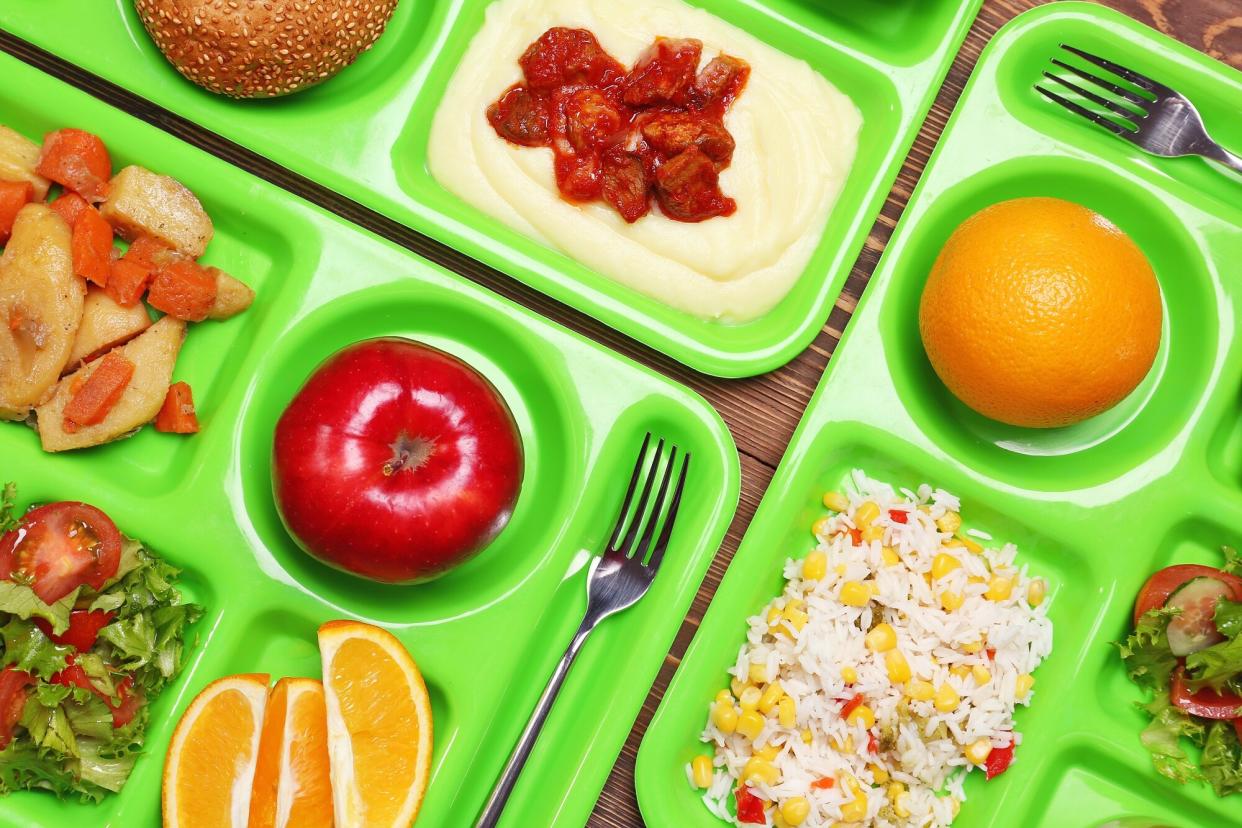How to Keep Your Child With Food Allergies Safe at School

Africa Studio/Shutterstock
Kids spend a lot of time at school—up to half their waking hours! So it needs to be safe a place, including for children with life-threatening food allergies. According to recent research, most parents feel like schools are safe for their food allergic child, but others say they should be doing more.
In the recent study published in BMC Pediatrics, researchers surveyed nearly 300 parents of food allergic children in grades K-12. About 19 percent of parents said they felt school was unsafe for their child, and about 9 percent said they felt unsure about their child's safety when it came to food allergies. "Such anxiety about safety and the potential for allergic reactions may negatively impact quality of life for students and their families," the researchers write.
The Department of Education doesn't have official policy recommendations regarding food allergies, and there can be big differences between schools in how they manage it. Most schools have at least one policy in place, and the majority of parents surveyed said that policies in schools were helpful--such as guidelines around classroom snacks and celebrations.
But parents also said more (and more widespread) policies were needed, such as:
Stocking extra epinephrine auto-injectors at school and having them available on field trips and during after-school activities
Including allergen information on lunch menus
Making sure there are ingredient labels on all food items served at school
Providing food allergy education for students, school staff, and bus drivers
Six million kids in the U.S. have food allergies, and 30 percent of those have multiple food allergies. Eighteen percent of kids with food allergies have experienced a reaction while at school, though fatalities at school from allergic reactions are rare, the researchers note.
In my own (highly unscientific) survey on my Real Mom Nutrition Facebook page, some moms said they were grateful for schools that instituted food-free classroom celebrations, and they had mixed feelings about peanut- and nut-free lunchroom tables (some find them helpful, others isolating). But many moms said that regardless of what schools did, it was crucial to empower kids to protect themselves—because allergens are a fact of life out in the world.
"I think we, as a community, need to teach our children to be advocates for themselves," says Denver, CO mom Kristina Stark, who has a child with multiple food allergies. "Teach them what is safe and what is not. Teach them to ask questions, not take food from others. Tell them it is never okay for other kids to tease or play with their food. Trying to keep an allergen sterile environment does not teach them to be safe. It tries to create an environment that is not reality."
Sally Kuzemchak, MS, RD, is a registered dietitian, educator, and mom of two who blogs at Real Mom Nutrition. She is the author of the new book The 101 Healthiest Foods For Kids. She also collaborated with Cooking Light on Dinnertime Survival Guide, a cookbook for busy families. You can follow her on Facebook, Twitter, Pinterest, and Instagram. In her spare time, she loads and unloads the dishwasher. Then loads it again.

